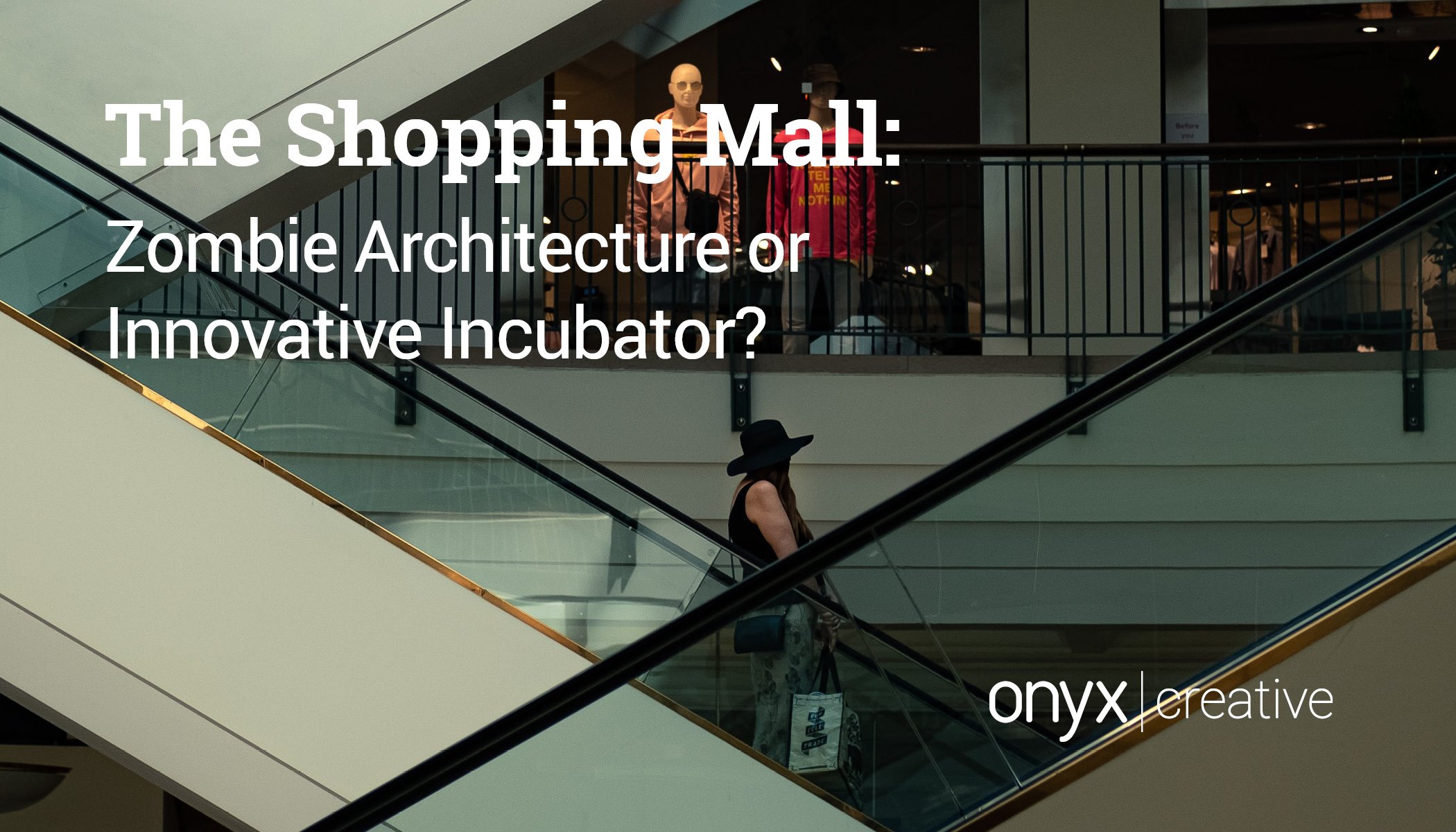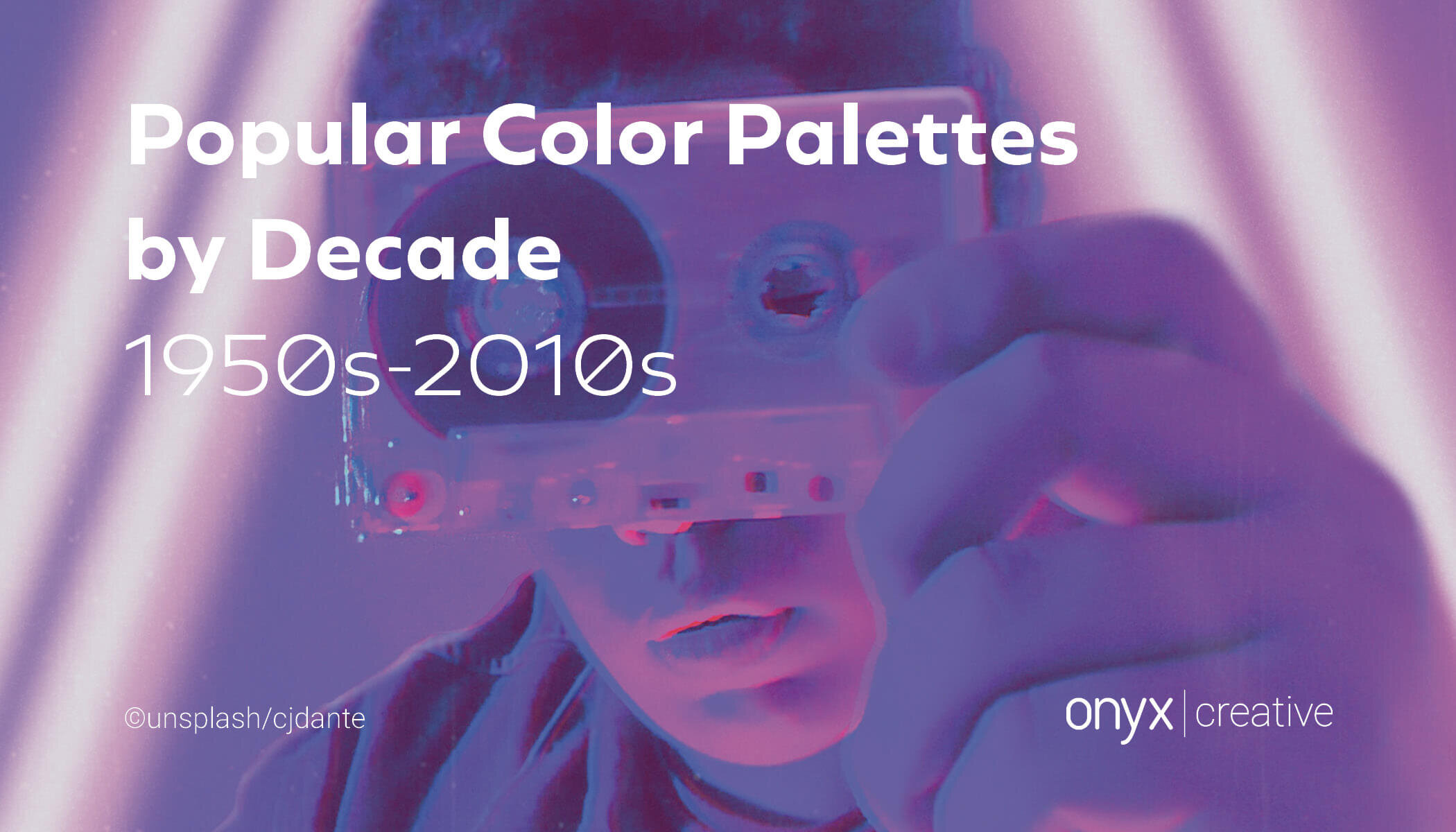Interior design is the art and science of formulating interiors while creating function, safety, and beauty. Essentially a series of informed decisions, interior design has the ability to create a positive impact in the lives of the end-user. We are living through a revolution in communications and computer technology that, while generating connectivity, is also creating face-to-face social isolation; however, we also see a counter pattern of people gravitating to metropolitan areas, seeking wholesome ‘live – work – play’ environments that are flexible to their needs and towards spaces that connect individuals and communities. In response, design is adapting and evolving, shifting rapidly towards emphasizing the human experience, requiring spaces that promote emotional and physical well-being by creating an immersive experience that engages on every scale from individuals to whole communities.
Read MoreFrank Lloyd Wright's Unbuilt Print Exhibition Space: Now Imagined in 3D Renderings
A Perspective by Chad Solon
I became interested in Frank Lloyd Wright when I got the chance to work on the restoration of the Burton Westcott House in Springfield, Ohio as an intern. It was incredible to see the house be transformed from a collection of one-room apartments back to its original splendor. As I became interested in digital modeling, Wright seemed like a logical choice to experiment with. Not only was his architecture beautiful, but the regular geometry was easy to model.
Read MoreTrends in Retail Design: Simplicity, Monumentality, and Internal Regularity
by Jonathan Novak, Director of Design
Leading design firms have been challenging the notion of eclecticism in retail architecture for quite some time. Eclecticism is the idea that retail design needs to create a false urbanism or ‘Main Street USA’ appeal. Certainly making an articulate urban experience for shoppers has its merits but making the retail experience into a menagerie of facades has become formulaic and diminished retail architecture’s potential in the field. By breaking up the exterior into what appears as diverse smaller buildings cheapens the idea that an architectural work is a singular artistic idea. Instead, designers are creating more signature collections of buildings with greater architectural appeal.
Read MoreCreating an Authentic In-line Shopping Center
Lessons from Golden Gate Plaza by Jonathan Novak, Director of Design
In-line shopping centers have entered a new, third generation of design that reinvents their modern roots while creating humane architecture. The first generation of in-line shopping centers was the strip mall. Based on late 1960s modernist ideas of flexibility, it sought the ability to put tenants in any location. It had a pure, raw functionalism that made it a successful retail prototype. The second generation began in the 1990s with a post-modernization of the strip mall. New malls promoted kitschy aesthetics designed to humanize the ubiquitous strip. Replicas of traditional motifs such as pediments, cornices, and mansard roofs were deployed to bring articulation back to sterile architecture. This approach, while being a valid critique of the original strip mall, is now seen as disingenuous and lacks authenticity. Today, the third generation of strip mall accepts the post-modern critique of the strip mall while embracing the purity of their original design intent. The hybridization of these ideas, authenticity, and articulation, is the driving idea behind contemporary in-line mall design and remodels today.
Read More

































